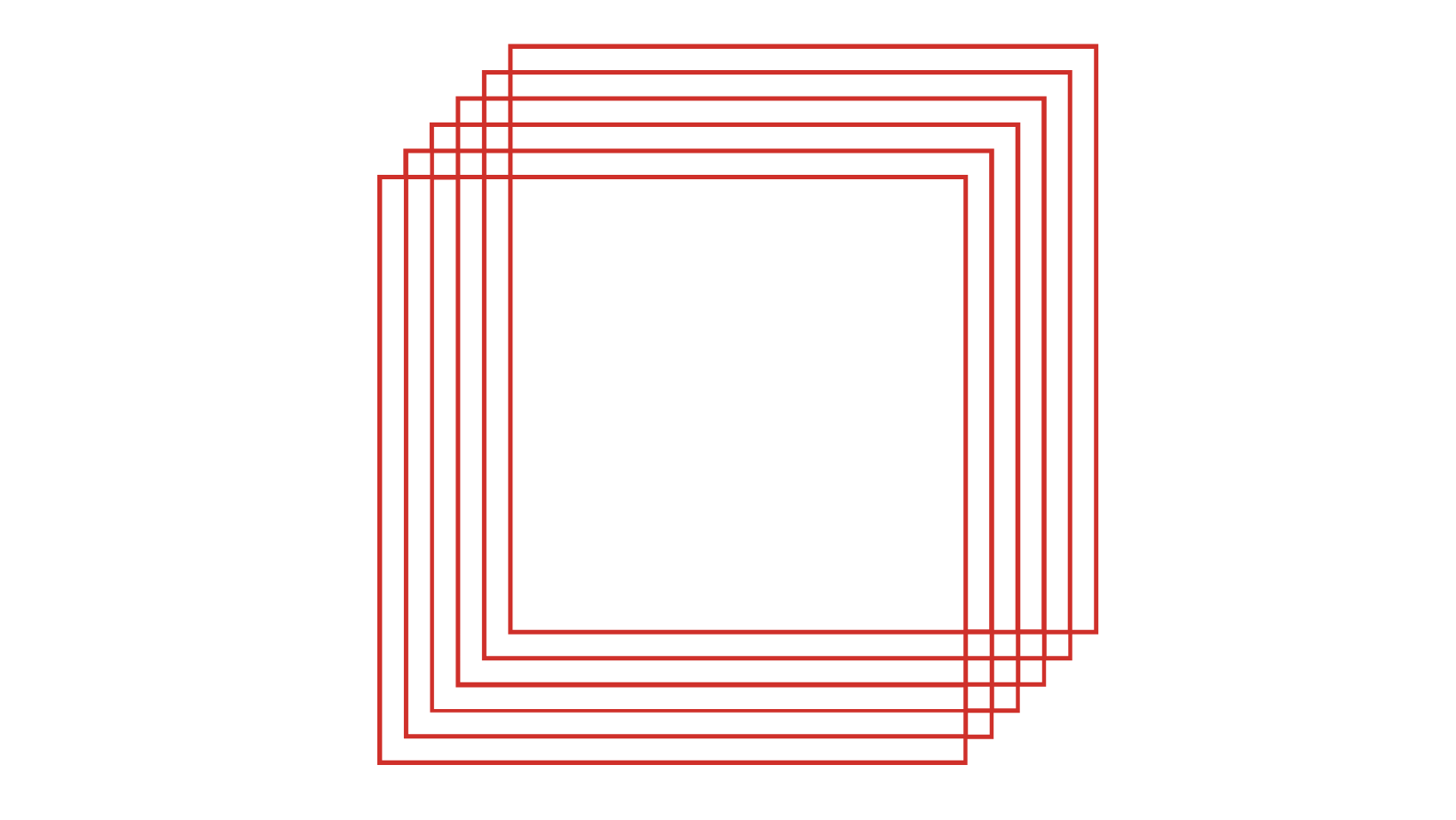Thursday 12.29.22

OHK Completes a Design-to-Deploy Model of Innovative Building Systems
We recently completed a mixed-use, multi-dwelling development on a private island in the Middle East that prioritizes sustainability and adheres to new standards for sustainable design, supply, and construction. Our innovative project showcases a zero-emission micro-built environment utilizing natural energy sources, and sets a new benchmark for sustainable development in the region.
OHK has recently completed a highly innovative three-year design-to-deploy project for a private family office compound in the Middle East. The ambitious project entailed comprehensive planning, life cycle design, and complex supply chain management, culminating in the successful delivery of a townlet-scale compound that embodies sustainability at its core. The compound, located on a private island in a prestigious Middle Eastern locale, comprises a mixed-use, multi-dwelling development that aligns with the client's vision to celebrate architecture and design, the environment, and innovation.
OHK, working hand-in-hand with over 60 designers and vendors from 15 European and North American countries, sourced every product used in the project and when necessary adapted and customized it to meet sustainability standards. Managing the supply chain was no small feat, as the sheer number of products involved necessitated the review of more than 5,000 individual building and living systems’ products, ranging from electrical and HVAC to security, safety, lighting, utilities, telecom, AV, energy generation and storage, digital solutions and resource management. The result was a cohesive and efficient, micro-built environment that upholds the highest standards of sustainability in said systems, optimized to work in harmony with one another, and approaches ‘zero-emission’,
The compound is a model of sustainable modern living, setting a new standard for sustainable design, supply, and construction in the Middle East. A pivotal stage of the project involved the buildup of a demo enclave of several dwellings that served as a blueprint for the various principles of sustainable building design realized during the planning, design, and supply chain phases. This was instrumental in enabling our team to apply these principles at a “proof-of-concept” scale, affording the opportunity to test new technologies and materials that could be replicated on a larger scale for the development as a whole.
We considered the lowest possible energy use per passive energy design to make the most of natural energy sources such as sunlight and wind, and to minimize the need for artificial heating, cooling, and lighting. The Living Future Institute's (ILFI) Zero Energy Building (ZEB) certification, an internationally recognized benchmark for low-energy buildings, was used as a benchmark. An off-grid wind turbine was integrated and conjugated with a solar system which marks the first instance in the Middle East of such a hybrid system installed for private use.
All the compound’s sustainable buildings were designed to be as energy and water-efficient as possible, using high-performance indoor climate management, and advanced building products and materials to reduce the resources required to operate. OHK’s own standards developed for the Middle East and harmonized with the Leadership in Energy and Environmental Design (LEED) program as well as quantitative and measurable metrics from around the world were used as the benchmark for sustainable building design and construction. Additional two internationally recognized frameworks were applied such as the US EPA WaterSense certification and Water Efficiency Rating Score (WERS), both performance-based rating systems for indoor and outdoor water use.
Our technology and vendor partners on this project included: Schneider Electric (Germany), Skantherm (Germany), ISE (Germany), Faro (Spain), Coulisse (Netherlands), Weitzer (Austria), Alape (Germany), Astra (Italy), Miele (Germany), Hüppe (Germany), TECE (Germany), and FantiniCosmi (Italy) to name a few. We worked with their various technologies to automate the building and living environments across hardware and software. KNX technology was used as the reference and deployed for home and building control.
To learn more about OHK’s work in sustainable strategy and innovative design for buildings, contact us.

